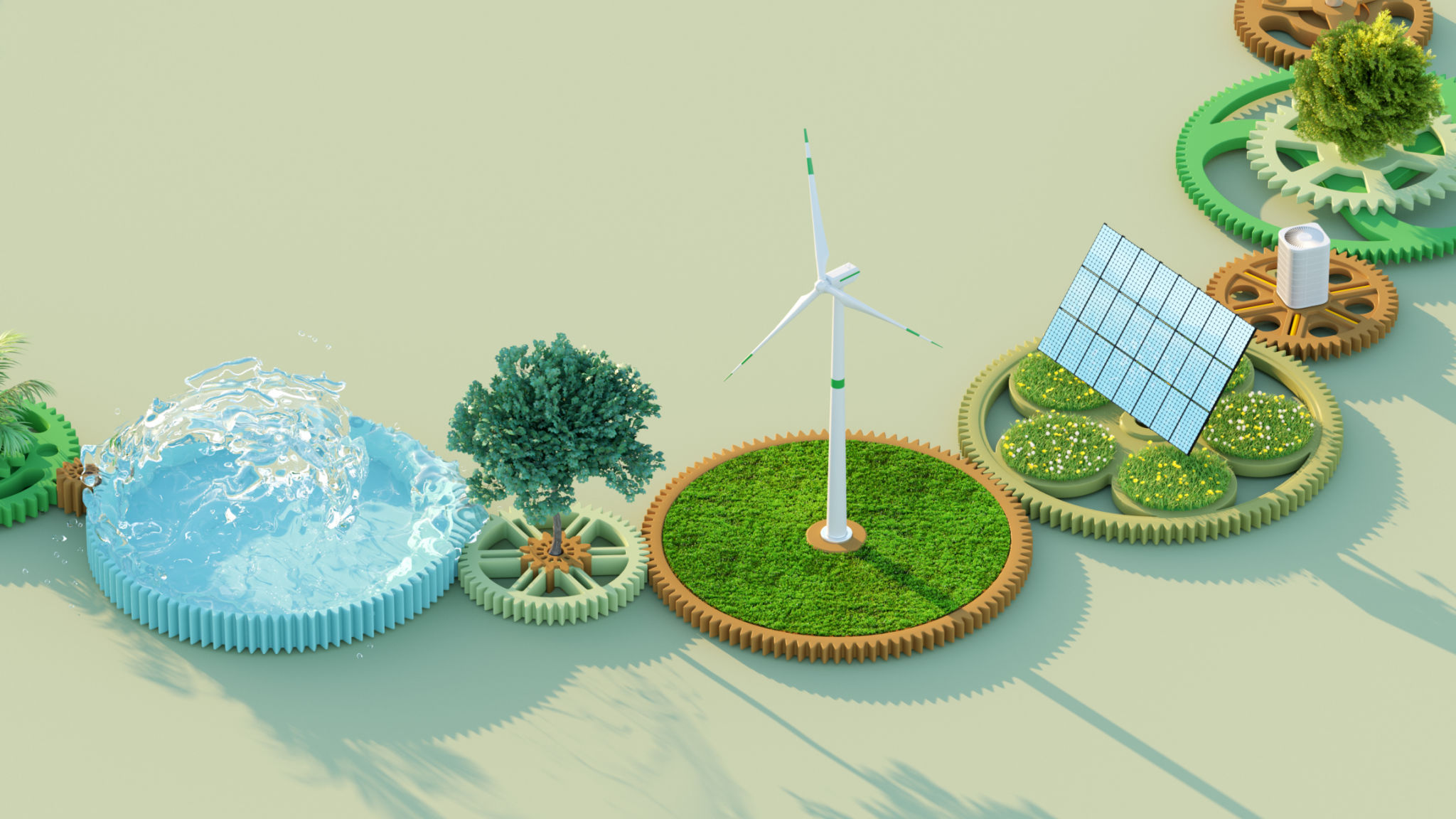Myth-Busting: Common Misconceptions About Eco-Friendly Technologies
Understanding Eco-Friendly Technologies
As the world moves towards sustainability, eco-friendly technologies are becoming increasingly popular. However, several misconceptions about these technologies still persist, hindering their adoption. This blog post aims to debunk some common myths, providing clarity and encouraging a more informed embrace of green innovations.

Myth 1: Eco-Friendly Technologies Are Too Expensive
A prevalent misconception is that eco-friendly technologies come with a hefty price tag. While it's true that initial costs may be higher compared to conventional technologies, the long-term savings often outweigh these upfront expenses. For instance, solar panels may require an initial investment, but they reduce electricity bills significantly over time.
Moreover, as technology advances and demand increases, the costs of production decrease. Government incentives and subsidies also play a significant role in making these technologies more affordable. Thus, it's important to consider the lifetime value rather than just the initial expenditure.
Myth 2: Eco-Friendly Technologies Are Inefficient
Another common belief is that eco-friendly technologies are less efficient than their traditional counterparts. This is no longer the case. Modern advancements have led to significant improvements in the efficiency of green technologies. For example, electric vehicles (EVs) now boast ranges that rival gasoline-powered cars, thanks to advancements in battery technology.
Innovations in energy efficiency and resource optimization have also enhanced the performance of eco-friendly appliances and systems. These technologies are designed to minimize waste and maximize output, proving their efficacy in real-world applications.

Myth 3: Eco-Friendly Technologies Are Not Reliable
Reliability is a key concern for many considering the switch to eco-friendly technologies. However, these technologies have proven their reliability time and again. For instance, renewable energy sources such as wind and solar power are now integral parts of many national energy grids worldwide.
Additionally, advancements in storage solutions, like improved battery technologies, ensure that there is a consistent energy supply even when natural resources are not immediately available. The reliability of these systems continues to improve, dispelling the myth that they cannot be trusted.
Myth 4: Eco-Friendly Technologies Require Too Much Maintenance
There's a misconception that maintaining eco-friendly technologies is cumbersome and costly. In reality, many green technologies are designed to be low-maintenance. For example, solar panels require minimal upkeep, mainly involving occasional cleaning and inspections.
The durability and simplicity of many eco-friendly products mean that they often last longer and require fewer repairs compared to traditional options. This not only saves money but also reduces waste and environmental impact.

Myth 5: Only Large Corporations Can Implement Eco-Friendly Technologies
Many people believe that adopting eco-friendly technologies is only feasible for large corporations with substantial resources. However, these technologies are becoming increasingly accessible to small businesses and individual consumers.
From energy-efficient home appliances to community-shared solar projects, there are numerous ways for individuals and small entities to integrate sustainable practices into their operations. The democratization of green technology is making it easier for everyone to contribute to environmental conservation.
Conclusion: Embracing the Green Future
Dispelling these myths is crucial for encouraging the widespread adoption of eco-friendly technologies. As we continue to innovate and improve these systems, they will play an essential role in creating a sustainable future. By understanding the true benefits and capabilities of green technologies, individuals and businesses can make informed decisions that contribute positively to our environment.